

What is Rheumatoid Factor?
Discover more about the role of rheumatoid factor in rheumatoid arthritis
SCROLL TO DISCOVER
Rheumatoid factors are autoantibodies that react with the fragment crystallizable (Fc) region of immunoglobulin G (IgG) antibodies1,2
In rheumatoid arthritis, rheumatoid factors are mainly of IgM, IgG and IgA isotypes, but IgE and IgD have also been reported.1,3–5
IgG-reactive B-cells produce rheumatoid factors with high antigen-binding affinity in patients with rheumatoid arthritis.6
These rheumatoid factors can bind to the IgG’s Fc region.1,6
This interaction leads to the formation of large immune complexes.4,6,7 These immune complexes are internalized by macrophages through the Fc-gamma receptor (FcɣR) and are degraded by the lysosome.4,8
title
Rheumatoid Factor
IgG Immunoglobulin
RF Immune Complex
Immune Complexes Are Degraded by Macrophages
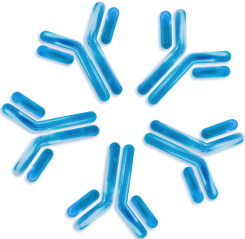
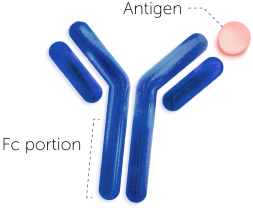
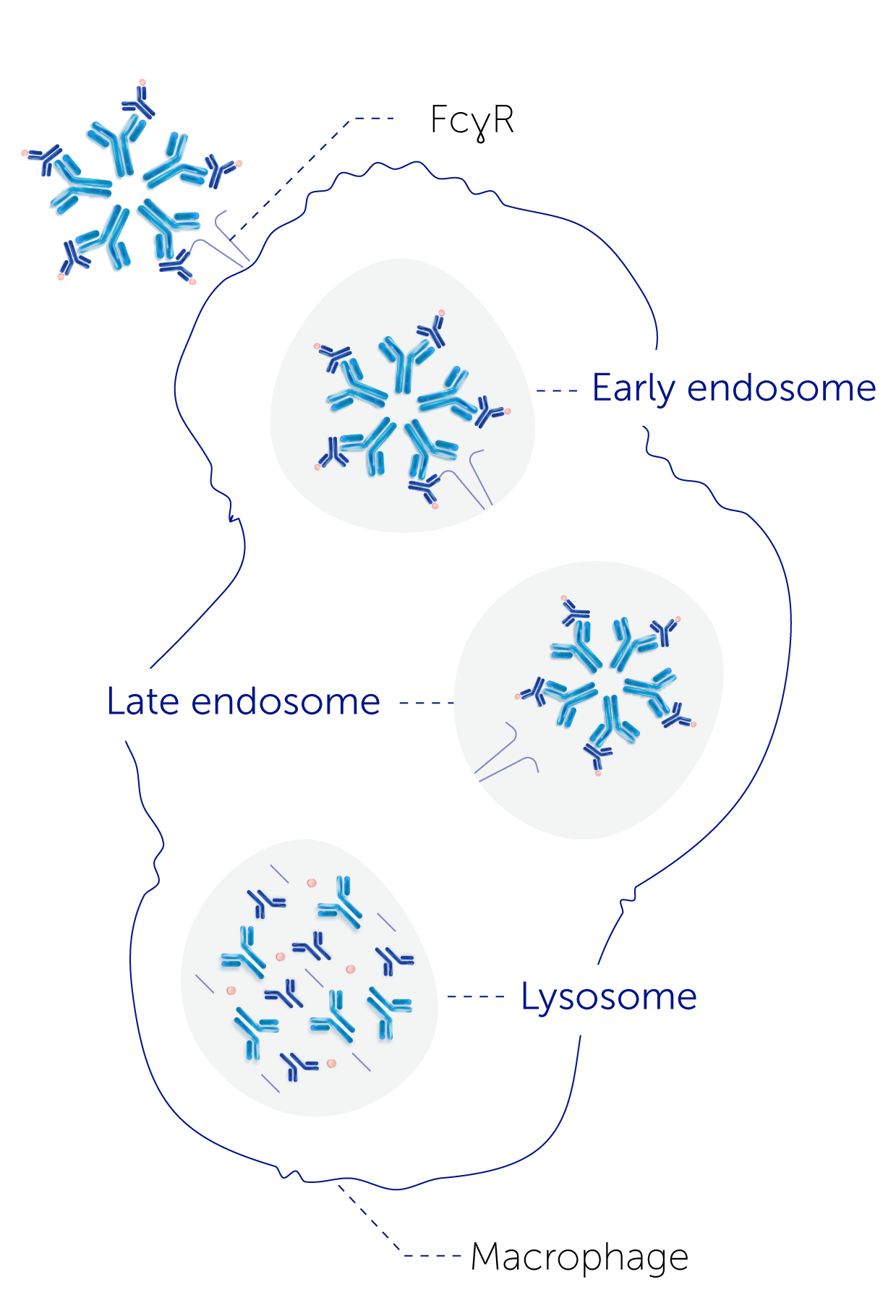
Around 70–90% of people living with rheumatoid arthritis are seropositive for rheumatoid factor5, 9–11
Testing for rheumatoid factor is easily accessible in the clinic and can be used to support a diagnosis of rheumatoid arthritis,3,5 a chronic inflammatory joint disease which leads to various other symptoms and extra-articular organ manifestations.12,13
Rheumatoid factor seropositivity is different from high rheumatoid levels. No established guidelines define what are high rheumatoid factor levels and different trials use different cut-off values defining high rheumatoid factor levels.10,11,14–17
Around one in four patients with rheumatoid arthritis have high rheumatoid factor levels of above 200 IU/ml.15–17
Uncover what high rheumatoid factor levels mean for patients in our webinars
The evolution of our understanding of rheumatoid factor in rheumatoid arthritis
Rheumatoid factor, especially at high levels, is considered a poor prognostic factor in rheumatoid arthritis18–20
Patients with rheumatoid arthritis and high rheumatoid factor levels are more inclined to experience:
- Worse outcomes18-21
- More aggressive disease and higher risk of radiographic progression21–23
- Higher disease activity21
- Low rates of remission21
- Higher prevalence of extra-articular manifestations,22,24 associated with unfavourable outcomes for joint destruction and disability25
- Increased risk of cardiovascular disease-related mortality26
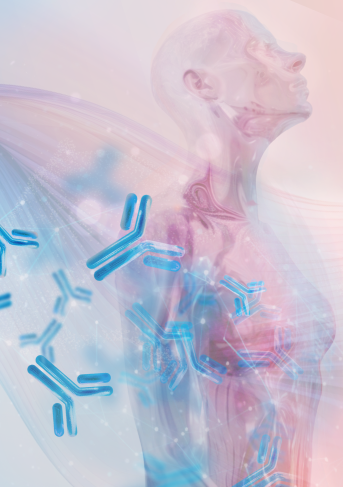
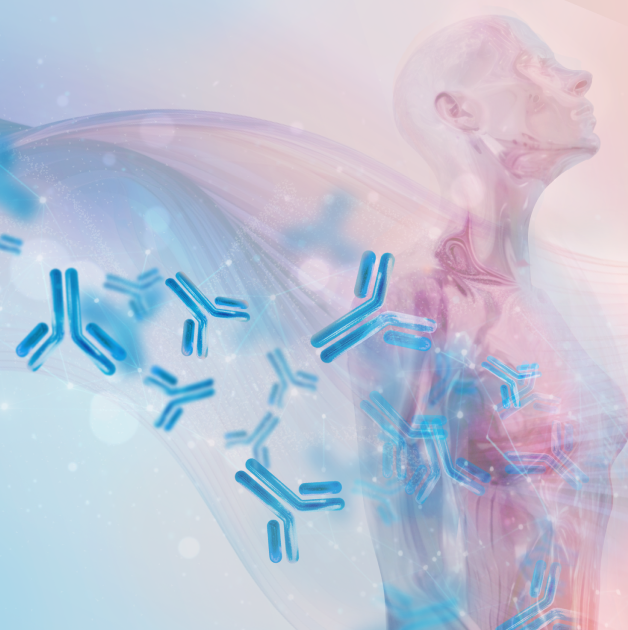
Discover the latest data on rheumatoid factor and its impact on rheumatoid arthritis clinical management


Learn more about rheumatoid factor and hear expert insights on how to enhance your clinical practice
Intended for US Healthcare Professionals only
Explore scientific information on UCB medicines used to treat immune-mediated inflammatory conditions
Intended for US Healthcare Professionals only
Uncover the mechanisms driving SpA diseases and information about the science of SpA
Intended for EU Healthcare Professionals only
Discover educational resources to enhance your clinical practice
- Abbreviations: EU: European Union; Fc: fragment crystallizable; FcγR: Fc-gamma receptor; Ig: immunoglobulin; RF: rheumatoid factor; SpA: spondyloarthritis; US: United States.
- References: 1. Maibom-Thomsen SL, et al. PLoS One. 2019;14(6):e0217624; 2. Kanmert D, et al. Scand J Immunol. 2012;75(1):115–9; 3. van Delft MAM, Huizinga TWJ. J Autoimmun. 2020;110:102392; 4. Levy RA, et al. Immunotherapy. 2016;8(12):1427–36; 5. Ingegnoli F, et al. Dis Markers. 2013;35(6):727–34; 6. Nicolò A, et al. Front Immunol. 2022;13:1016263; 7. Lamers MC. Allergy. 1981;36(8):527–35; 8. Junker F, et al. Front Immunol. 2020;11:1393; 9. Wu CY, et al. Int J Mol Sci. 2021;22(2):686; 10. Nielsen SF, et al. BMJ. 2012;345:e5244; 11. Smolen JS, et al. Ann Rheum Dis. 2009;68(6):797–804; 12. Sparks JA. Ann Intern Med. 2019;170(1):ITC1–ITC16; 13. Smolen JS, et al. Lancet. 2016;388(10055):2023–38; 14. Kratz A, et al. N Engl J Med. 2004;351(15):1548–63; 15. Atsumi T, et al. Ann Rheum Dis. 2016;75(1):75–83; 16. Smolen JS, et al. Lancet. 2016;388(10061):2763–74; 17. Tanaka Y, et al. Int J Rheum Dis. 2023;26(7):1248–59; 18. Albrecht K, Zink A. Arthritis Res Ther. 2017;19(1):68; 19. Smolen JS, et al. Ann Rheum Dis. 2023;82(1):3–18; 20. Aletaha D, et al. Arthritis Rheum. 2010;62(9):2569–81; 21. Sobhy N, et al. Egypt Rheumatol. 2022;44(4):325–8; 22. van Zeben D, et al. Ann Rheum Dis. 1992;51(9):1029–35; 23. Vastesaeger N, et al. Rheumatology (Oxford). 2009;48(9):1114–21; 24. Cojocaru M, et al. Maedica (Bucur). 2010;5(4):286–91; 25. Nell VPK, et al. Ann Rheum Dis. 2005;64(12):1731–6; 26. England BR, et al. Arthritis Care Res (Hoboken). 2016;68(1):36–45.